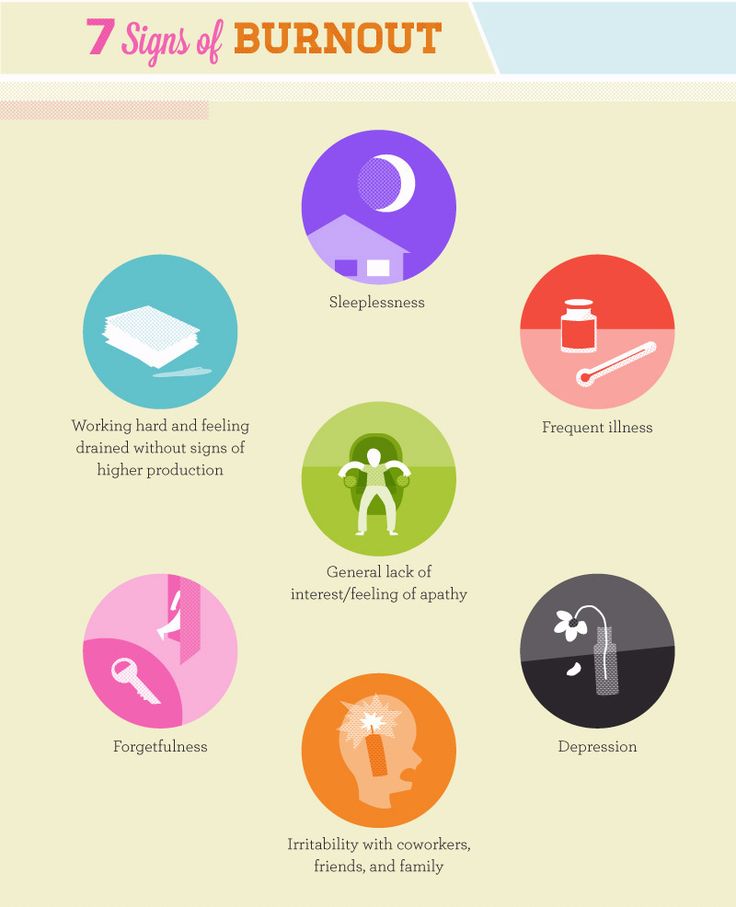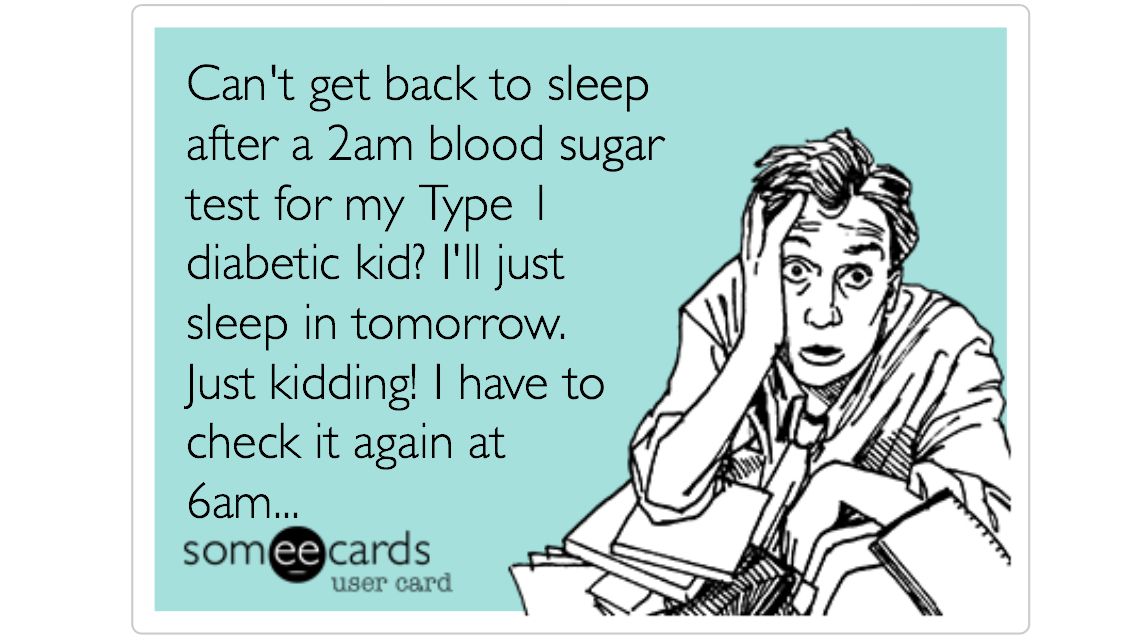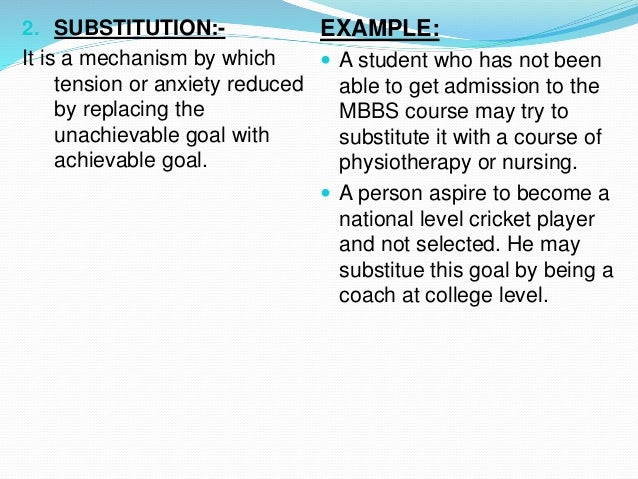Alternatives to talk therapy
Alternative Therapies You Can Use to Maximize Your Mental Health
We can all agree therapy is good and everyone deserves access to it. If you’ve gone through the laborious process of finding a therapist you like, and you’re really working on talking things out now, great job! Also...remember how your therapist told you there are no simple answers in life?
Psychotherapy, or what most of us call talk therapy, is (alongside medication) about the most common mental health service people seek out. And it is very solidly backed by research as a helpful treatment for lots of people, including those with depression and anxiety. Of course, lots doesn’t mean all. Not everyone has the insurance or financial means for it (though group therapy and therapist-in-training programs offer free or low-cost alternatives.) And everyone benefits in different ways from talking things out. For some people it really doesn’t work, and for others it’s not good enough on its own.
The good news is that there are lots of other types of therapy out there, which traditional therapists generally approve of—they may even be able to recommend what could work for you. These programs, practices, and treatments all fall under the broad category Complementary and Alternative Medicine (CAM)—that means anything that still needs more well-designed studies to determine safety, exactly what it can treat, and how it should be applied.
How to navigate the options? It’s right there in the name: sometimes it’s alternative if you prefer, say, collaging with a professional to just talking to them; other times it’s a complement, for those who may want to pair a CAM therapy with counseling. Other practices that fall under CAM, like yoga, are simply good practices that can have therapeutic effect or complement therapy. “Some of these more alternative treatments just don't have as much research behind them as talk therapy does,” says Vaile Wright, director of research and special projects in the Practice Directorate at the American Psychological Association. But, she says, a lot of behavioral health professionals look beyond talk therapy as a way to further bump up people’s quality of life.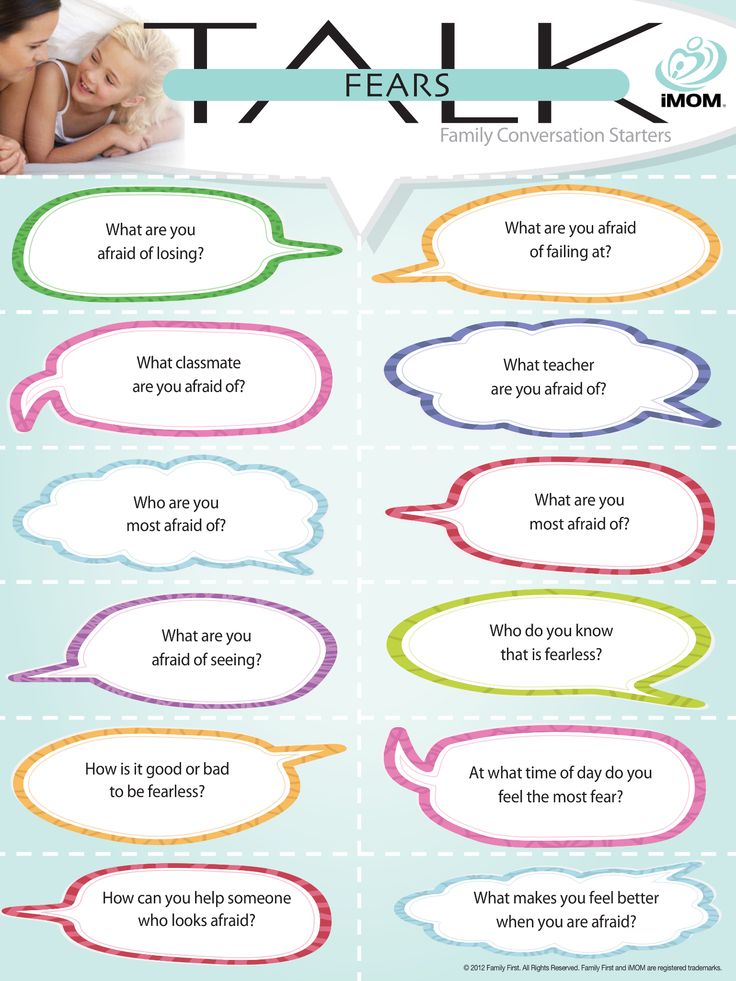 “If talk therapy can get people 50 percent better, how do you get to 75 percent?”
“If talk therapy can get people 50 percent better, how do you get to 75 percent?”
A lot of alternative therapies you might have heard of tap into what talk therapy usually doesn’t: physicality. Think art, music, dance and other movement, gardening, or animal-assisted therapy (dogs, usually!). These can be fun and can fit with different people’s interests and values (which can make a huge difference in therapy), but they’re not yet evidence-supported as mental health treatments. Unbiased studies that do exist often test their promise in treating specific things: post-traumatic stress disorder, chronic pain. The good news is that they may still offer some mental health benefits for the obvious reason: creative, soothing activities can soothe you. Studies about art therapy, for example, do support the idea that it can have an immediate stress-reducing effect—it’s just not clear yet how, say, people with anxiety would benefit from a specifically administered program.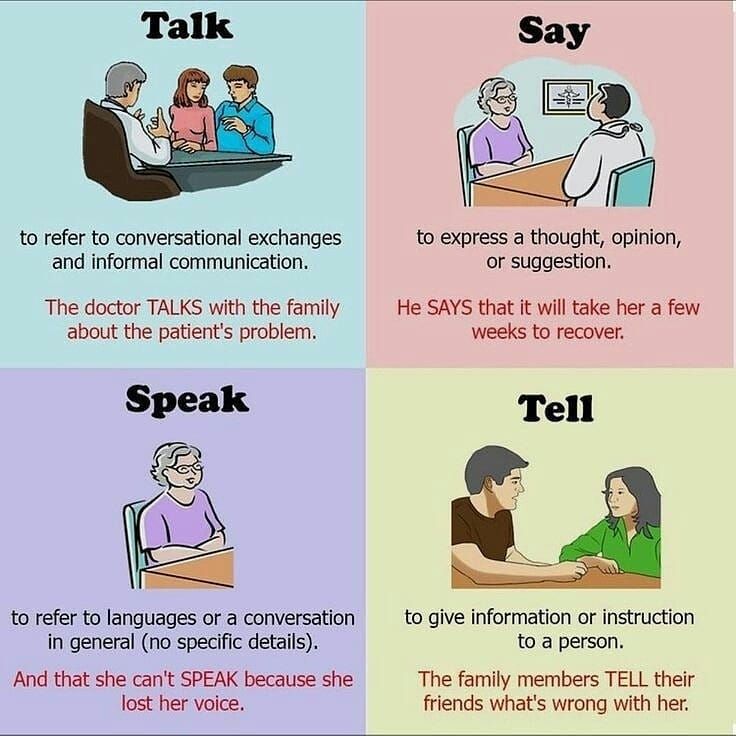 Similar conclusions have been reached for therapeutic interventions involving dog- and music-assisted therapy, basically for the reasons you’d guess: dogs and music generally make us feel good. The bad news is that, as formal therapy programs, these are going to cost you just as much as talk therapy, and they’re even less likely to be covered by insurance.
Similar conclusions have been reached for therapeutic interventions involving dog- and music-assisted therapy, basically for the reasons you’d guess: dogs and music generally make us feel good. The bad news is that, as formal therapy programs, these are going to cost you just as much as talk therapy, and they’re even less likely to be covered by insurance.
7 Mental Health Treatments To Try That Aren't Talk Therapy
Life
by Kyli Rodriguez-Cayro
etitov/Fotolia
You're not out of the norm if you feel like talk therapy, aka psychotherapy or counseling, isn't a super effective way to manage your mental health. The success of talk therapy varies from individual to individual, and can also depend on mental health diagnosis and severity. Some researchers think the effectiveness of talk therapy is somewhat exaggerated: a 2015 meta-analysis published in the journal PLOS One found that the efficacy of psychotherapy as a treatment for depression has been "overestimated" thanks to publication bias, though the study emphasized that it is still effective. Talk therapies, including cognitive behavioral therapy (CBT) and dialectical behavioral therapy (DBT) can be extremely beneficial to your mental health if you stick with it, and attend regular sessions. But, if you and your doctor are finding traditional talk therapy ineffective, there are a lot of mental health treatments that aren't talk therapy that may be worth exploring.
Talk therapies, including cognitive behavioral therapy (CBT) and dialectical behavioral therapy (DBT) can be extremely beneficial to your mental health if you stick with it, and attend regular sessions. But, if you and your doctor are finding traditional talk therapy ineffective, there are a lot of mental health treatments that aren't talk therapy that may be worth exploring.
Dr. Steve Levine, a board-certified psychiatrist and founder and CEO of Actify Neurotherapies, tells Bustle that talk therapy may not always be the most effective or productive route for some people with severe mental health issues. "We tend to focus on the emotional aspects of these illnesses, but cognitive symptoms are some of the most disabling — difficulties with concentration, attention, and memory," he explains. "Recent research has shown us that depression and anxiety are neurodegenerative conditions, meaning that they are associated with structural damage in the brain. This can affect new learning, which is required to reap the benefits of talk therapy. "
"
If traditional talk therapy isn't your thing, that doesn't mean you're out of luck. Modern day psychotherapy has been developing since the 1940s and is among the most widely-known forms of mental health treatment, but complementary and alternative medicine (aka, CAM) and alternative therapies are gaining in popularity in recent years. "Some therapies like EMDR, art therapy, dance therapy, and more involve little to no talking. Therapy is a learning process, and everyone has a different learning style, says Dr. Levine. "For some, a 'talking cure' is just the thing, but others have difficulty articulating their feelings or processing verbal input. With the guidance of a specialist, these non-verbal therapies offer a way to access, express, and process these unspeakable feelings."
Unfortunately, many non-verbal therapy options, such as art therapy, have fewer practitioners because they're lesser-known forms of therapy. However, if you're interested in exploring some of these treatments, you can search for practitioners in your area or talk to your GP about them. Here are seven mental health treatments to try that aren't talk therapy, and the potential benefits of each.
Here are seven mental health treatments to try that aren't talk therapy, and the potential benefits of each.
1
EMDR Therapy
Serg Zastavkin/Fotolia
According to the EMDR Institute, EMDR (Eye Movement Desensitization and Reprocessing) is a "psychotherapy treatment that was originally designed to alleviate the distress associated with traumatic memories." Though EMDR involves some talking, the EMDR therapist focuses on stimulating your eyes with swinging pendulums, or by moving their finger back and forth. Basically, by engaging the five senses, EMDR is supposed to alter the way your brain processes and stores trauma — making the painful memory less painful. Though it's a new (and kind of confusing) therapy option, a 2014 study found EMDR was more effective at treating people with trauma than regular cognitive behavioral therapy.
2
Music And Gong Therapy
Matt Cardy/Getty Images News/Getty Images
There's no denying that even people who live without mental health issues use music as a form of medicine.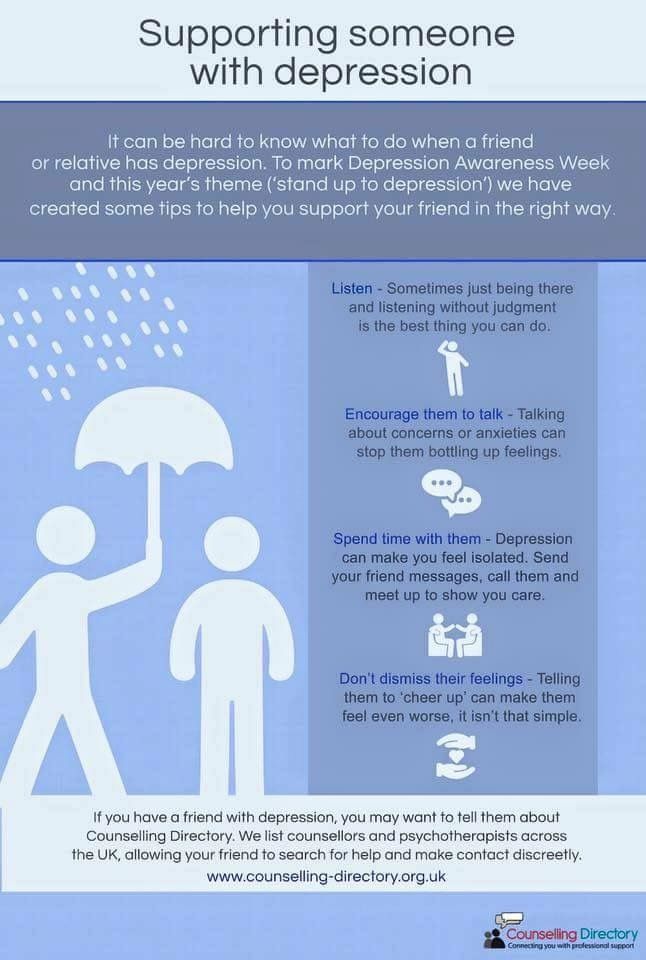 The benefits to working with a trained music therapist are substantial: Studies have shown music therapy and the vibration of sounds help relieve anxiety and depression, reduce physical pain, and have even help hospice patients better accept their illness.
The benefits to working with a trained music therapist are substantial: Studies have shown music therapy and the vibration of sounds help relieve anxiety and depression, reduce physical pain, and have even help hospice patients better accept their illness.
In addition to regular music therapy, some people are turning to gong therapy (aka gong or sound baths) for the same exact reason. Much like music therapy, gong baths help some people relieve stress, lower blood pressure, and encourage wellness.
3
Sand Tray Therapy
Dean Mouhtaropoulos/Getty Images News/Getty Images
Who didn't like to play in the sandbox as a kid? Turns out, the common childhood pastime actually can be used as a therapeutic tool. According to GoodTherapy.org, sand tray therapy "allows a person to construct [their] own microcosm using miniature toys and colored sand. The scene created acts as a reflection of the person’s own life and allows him or her the opportunity to resolve conflicts, remove obstacles, and gain acceptance of self.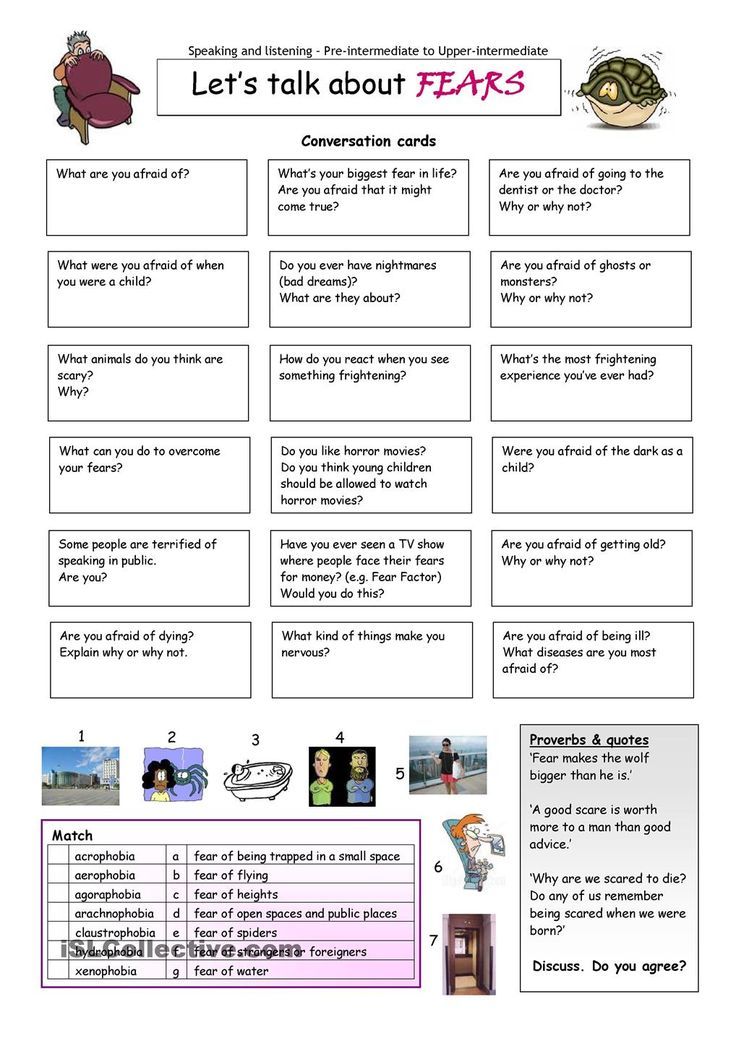 " Instead of talking, sand tray therapy allows you and your therapist to dive into your subconscious, and conceptualize the thoughts you cannot put into words.
" Instead of talking, sand tray therapy allows you and your therapist to dive into your subconscious, and conceptualize the thoughts you cannot put into words.
4
Art Therapy
Harold Cunningham/Getty Images Entertainment/Getty Images
If you can't quite put into words how you're feeling, art therapy could be an helpful route in lieu of traditional talk therapy. The American Art Therapy Association (AATA) defines art therapy as "an integrative mental health and human services profession that enriches the lives of individuals, families, and communities through active art-making, creative process, applied psychological theory, and human experience within a psychotherapeutic relationship." Multiple studies have shown art therapy not only eases the symptoms of mental health issues, but also anxiety and depression related to chronic physical illness.
5
Dance/Movement Therapy
Jason Kempin/Getty Images Entertainment/Getty Images
Instead of talking it out, you may need to dance it out.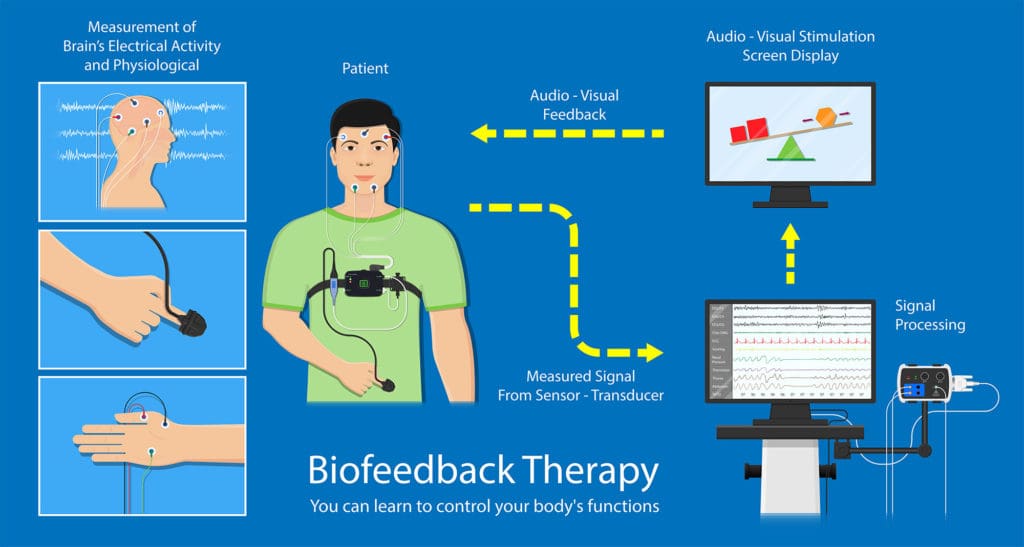 No, really: Dance and movement therapy can encourage your brain to release feel-good endorphins, and activates your pleasure responses. The practice is becoming more popular; there's even an annual conference in the U.S. hosted by the American Dance Therapy Association to discuss the benefits of dance and movement therapy.
No, really: Dance and movement therapy can encourage your brain to release feel-good endorphins, and activates your pleasure responses. The practice is becoming more popular; there's even an annual conference in the U.S. hosted by the American Dance Therapy Association to discuss the benefits of dance and movement therapy.
6
Wilderness Therapy
Leon Neal/Getty Images News/Getty Images
No, wilderness therapy doesn't just mean you get to go backpacking or hiking sans therapist. The American Psychological Association (APA) describes wilderness therapy as an emerging kind of mental health treatment that brings "empirically informed therapeutic techniques and therapists into the wilderness." While there is a bit of traditional talk therapy involved, wilderness therapy is done in a scenic backdrop rather than a dimly lit office — in between the hiking and camping. Wilderness therapy programs are typically geared towards teens, but there are a handful of programs for adults.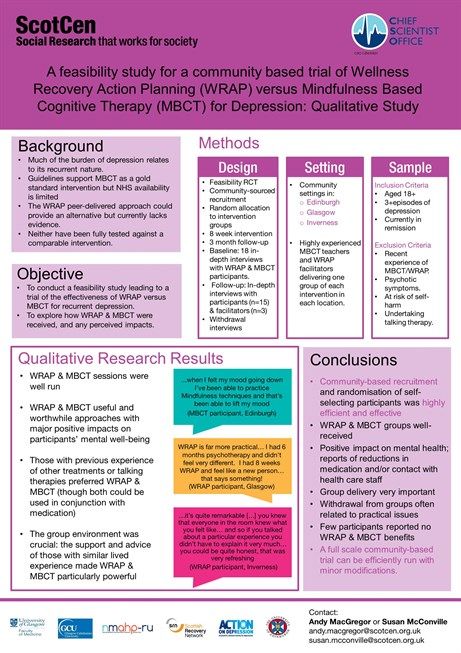
7
Light Therapy
Stuart Franklin/Getty Images Sport/Getty Images
Though light therapy is typically utilized for people who have Seasonal Affective Disorder (SAD), it never hurts to get a little Vitamin D. If you're not in the mood to talk with a mental health professional or if you can't afford regular individual therapy sessions, making a one-time investment in a light therapy lamp may be worth it. Light therapy obviously won't help you actively work through deeper traumas or issues, but it's a form of therapy nonetheless.
If typical talk therapy isn't cutting it for you or helping you process your mental health issues, you can talk to your mental health support team about if one of these are a better treatment option. Incorporating creative therapies that allow you to process your emotions through your other five senses could be the key to sparking emotional growth and wellness — that talk therapy just can't access for you.
Editor's note: An earlier version of this article mischaracterized the degree to which researchers believe talk therapy is an effective treatment for mental health issues.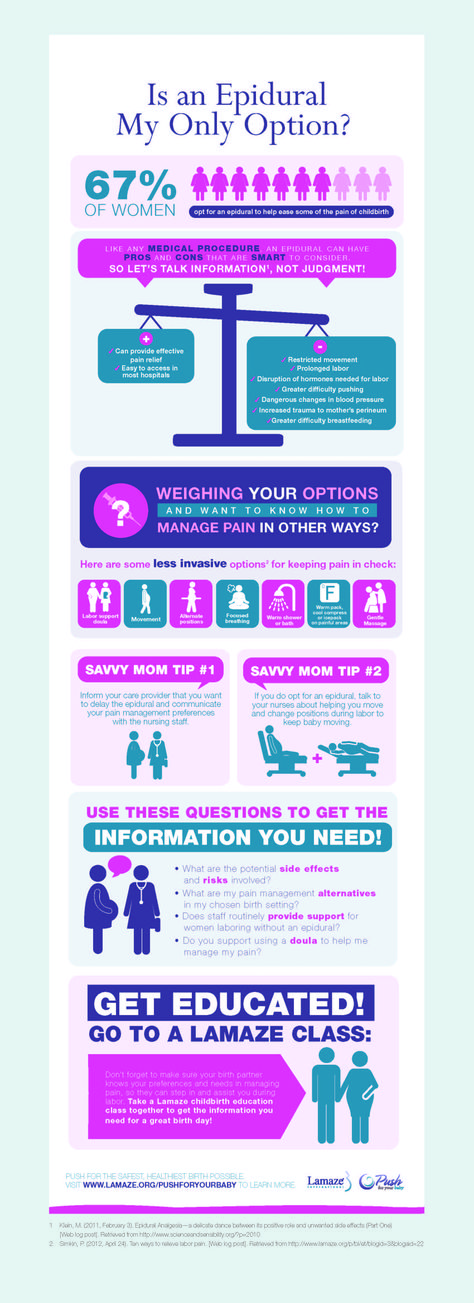 It has been updated to more accurately reflect that research.
It has been updated to more accurately reflect that research.
Basic types of psychotherapy
The term "psychotherapy" refers to a wide range of approaches and methods, from one-on-one conversations to therapy using techniques such as role-playing or dancing to explore human emotions. Some therapists work with couples, families, or groups whose members have similar problems. Psychotherapy is carried out both for teenagers and children, and for adults.
Art therapy
Art therapy combines talking therapy and creative exploration through painting, crayons, pencils, and sometimes sculpture. Techniques may also include theatrical performances, puppet shows, and movement. Sand therapy involves clients choosing toys that represent people, animals, and buildings and lining them up in an allotted "theatre in a sandbox" space. An art therapist has a comprehensive psychological understanding of the creative process and the emotional properties of various art materials. In this case, art is the outer expression of our inner emotions. For example, in a painting, the relationships of sizes, shapes, lines, free space, texture, hues, shadows, colors, and distances reflect the subjective reality of the client.
In this case, art is the outer expression of our inner emotions. For example, in a painting, the relationships of sizes, shapes, lines, free space, texture, hues, shadows, colors, and distances reflect the subjective reality of the client.
Who is suitable for this type of therapy?
Art therapy is particularly well suited to clients who have difficulty verbally expressing themselves. In non-clinical settings such as art studios and workshops, a focus on creative development can be especially helpful when working with children and adolescents, as well as with adults, couples, families, groups and communities.
Art therapy is also suitable for people who have experienced trauma, such as refugees, and people who have difficulty acquiring knowledge.
Attachment-based psychotherapy
Attachment-based psychotherapy is a subset of relational psychoanalysis that explores related emotional attachments from birth onwards.
This type of therapy builds on a theory that explores early childhood development and early attachments—secure, anxious, avoidant, ambivalent, or disturbed—to understand how early life experiences of problematic attachments manifested later in adult life.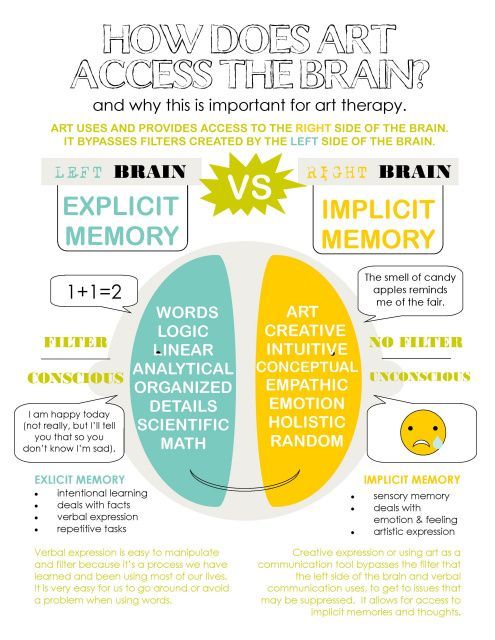
Who is suitable for this type of therapy?
By working through the attachment relationship with the therapist, clients have the opportunity to mourn past losses and consider the impact of important relationships on their lives in the present and past.
Behavioral Therapy
Behavioral therapy is based on the theory that learned behavior in response to past experiences can be forgotten or reformulated without focusing on the interpretation of unusual behavior.
Who is suitable for this type of therapy?
People with obsessive and compulsive disorders, fears, phobias and addictions can benefit from this type of therapy. The emphasis is on the client achieving goals and changing their behavioral responses to problems such as stress or anxiety.
Body therapy
Body therapy covers a number of integrated approaches. In the context of this type of therapy, it is considered how the human body and its emotional, mental, spiritual, social and behavioral aspects of life affect each other.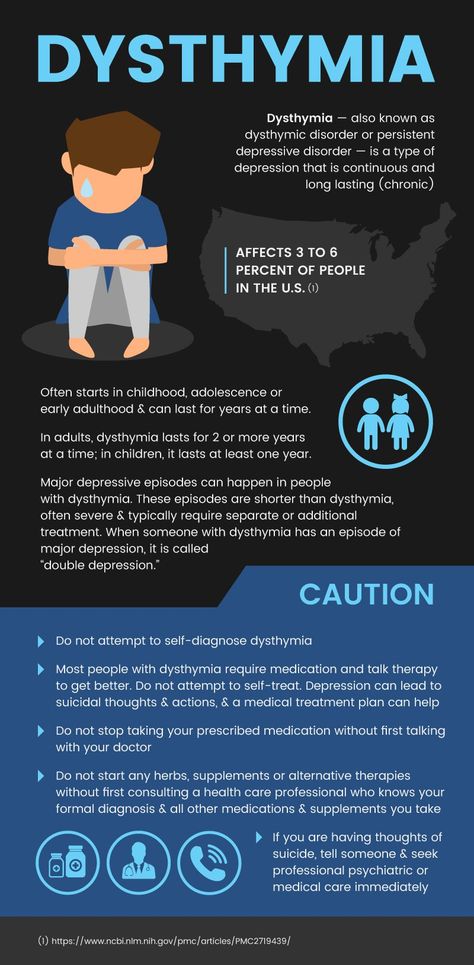 The whole complex of interrelations between mind and body is taken into account.
The whole complex of interrelations between mind and body is taken into account.
Who is suitable for this type of therapy?
Various types of body therapy, such as integral body psychotherapy, bioenergetic analysis, biodynamic psychotherapy or biodynamic massage, will help to address issues on different levels, including the body, emotions, mind and spirit. Many psychological problems (such as depression, eating disorders, panic attacks, and addictions) are known to have an effect on the body.
Brief Therapy
In the context of short-term therapy, a variety of psychotherapy techniques are used. It differs from other therapeutic approaches in that it focuses on a specific problem and involves the direct intervention of the therapist working with the client in an accelerated manner. Emphasis is placed on accurate observation, the client's nature is used, and temporary inclusion of faith in the unbelievable is encouraged to allow new perspectives and different points of view to be considered.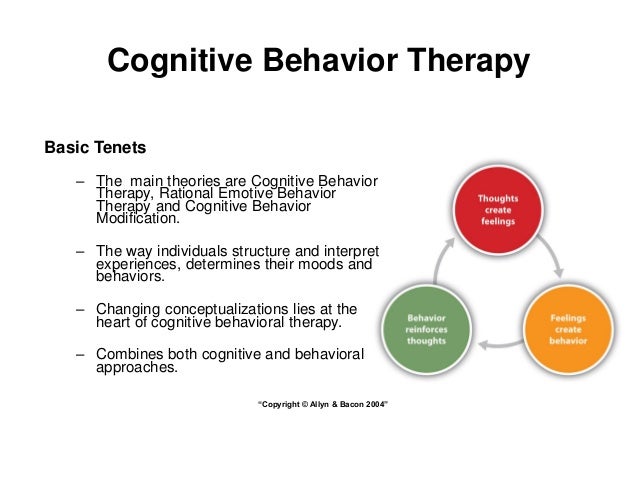
The primary goal is to help the client look at their current circumstances in a broader context. Brief therapy is considered solution-oriented, and therapists are more interested in the current factors that prevent change than in the causes of problems. It does not apply one specific method, but different approaches, which, together or separately, can have an end result. Short-term therapy is carried out for a short time, usually at a scheduled number of sessions.
Cognitive-analytical therapy
Cognitive analytic therapy brings together theories that explore the links between language and thought, as well as historical, cultural and social influences on human actions. Clients are encouraged to use their own resources and develop skills to change destructive patterns of behavior and negative ways of thinking and acting.
This type of therapy is short-term (16 weeks), structured and guiding. For example, the client may be asked to keep a diary or use task schedules.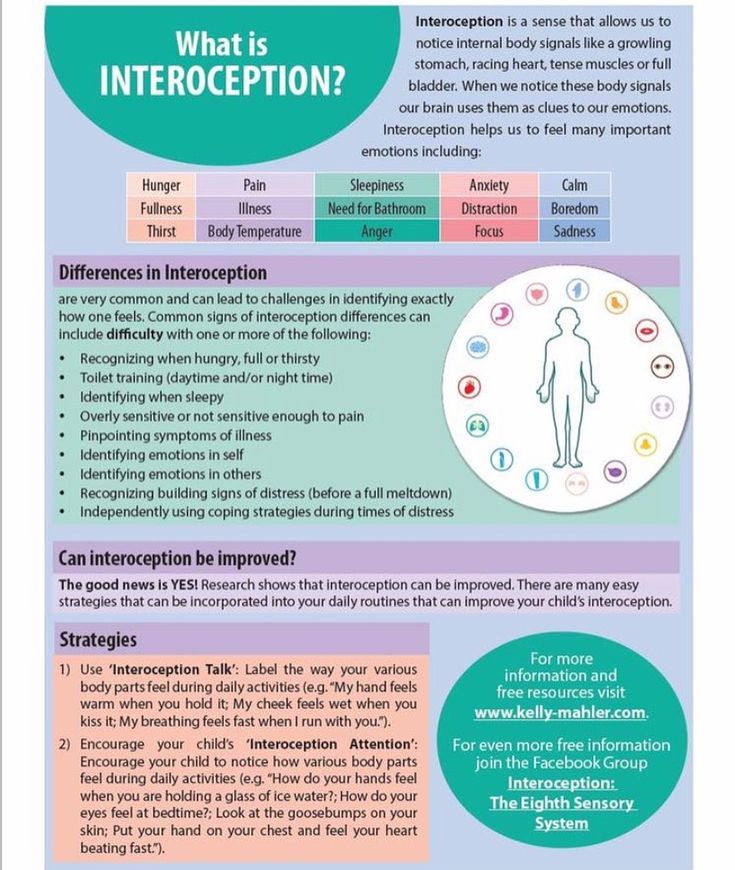 The therapist works collaboratively with the client, focuses on changing behavior patterns, and teaches alternative problem-solving strategies. Attention is also given to understanding the links between childhood behaviors, social influences, and their impact on the client as an adult.
The therapist works collaboratively with the client, focuses on changing behavior patterns, and teaches alternative problem-solving strategies. Attention is also given to understanding the links between childhood behaviors, social influences, and their impact on the client as an adult.
Dance movement therapy
Dance movement therapy is an expressive form of psychotherapy based on the belief that the body and mind are interconnected. Through movement and dance, the client has the opportunity to creatively explore emotional, cognitive, physical and social cohesion.
Therapists work on the principle that movements reflect the process of thinking and feeling of each individual person. By recognizing and justifying the client's movements, the therapist encourages him to develop a new emotional experience through certain adaptive movements that contribute to the solution of psychological problems.
Dance movement therapy can be practiced individually with a therapist or in a group.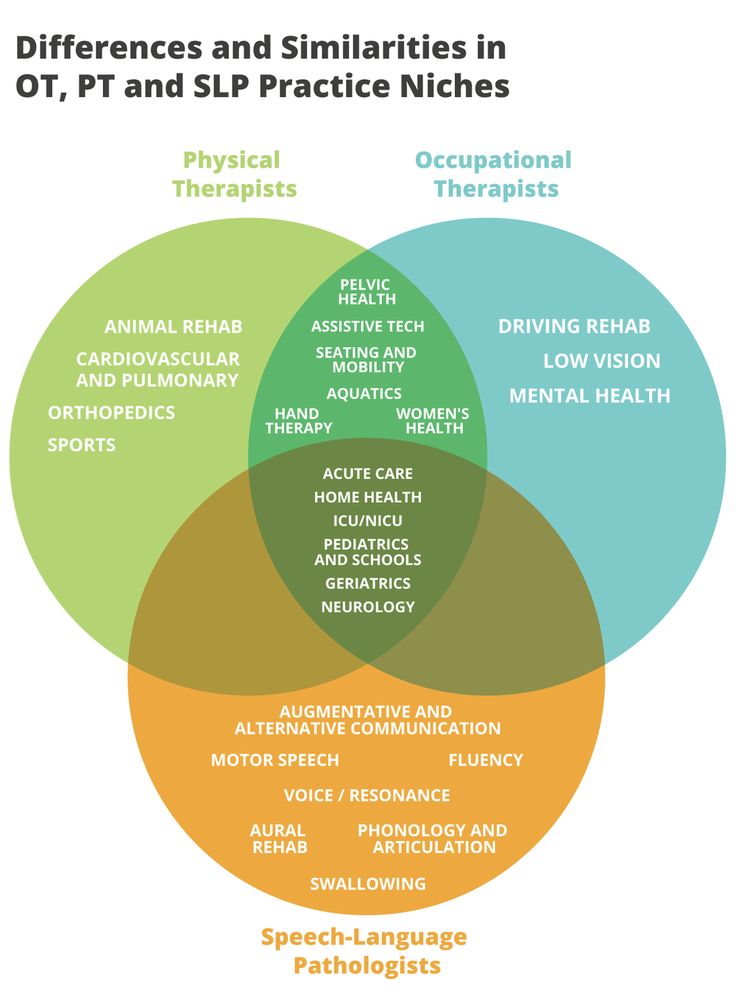 The client does not need to be a trained dancer to benefit from this type of therapy, as movement is an integral part of our being.
The client does not need to be a trained dancer to benefit from this type of therapy, as movement is an integral part of our being.
Dramatherapy
Drama therapy refers to the intentional use of theatrical techniques such as role-playing, theatrical play, pantomime, puppetry, speech, myths, rituals, storytelling, and other improvisation-based techniques that promote creativity, imagination, learning skills, intuitive understanding and personal growth. This extremely versatile approach provides an expressive form of therapy that can be used in a wide variety of settings, including hospitals, schools, psychiatric clinics, prisons, and organizations.
Drama therapy provides opportunities for individuals or groups to explore personal and/or community issues in a creative setting, to calmly reflect on existing beliefs, attitudes, and feelings, and to find alternative ways of acting. The therapist encourages clients to introspect, reflect on, and express feelings about themselves and others.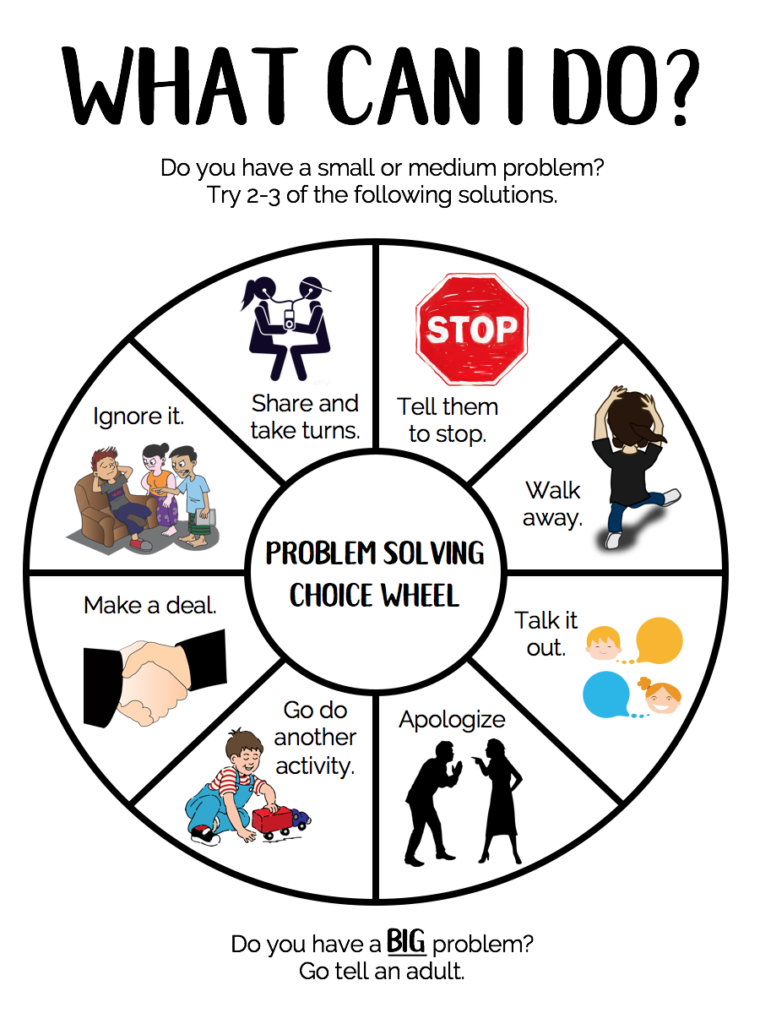
Existential psychotherapy
Existential psychotherapy helps the client to realize the meaning of life through the willingness to face it and the problems associated with it. From an existential point of view, there is no essential or predetermined meaning in life, a person is completely free and responsible for everything, so the meaning must be found or created. This can cause a sense of meaninglessness in life, so this type of therapy explores the client's experience of the human condition and seeks to clarify the person's understanding of values and beliefs by directly expressing what was previously unspoken. The client is given the opportunity to live more authentically and purposefully, while accepting the limitations and contradictions of human life.
This type of therapy is considered a serious study of what a person is in general, and often it entails a painful process of directly confronting those aspects of human life that people usually try to avoid.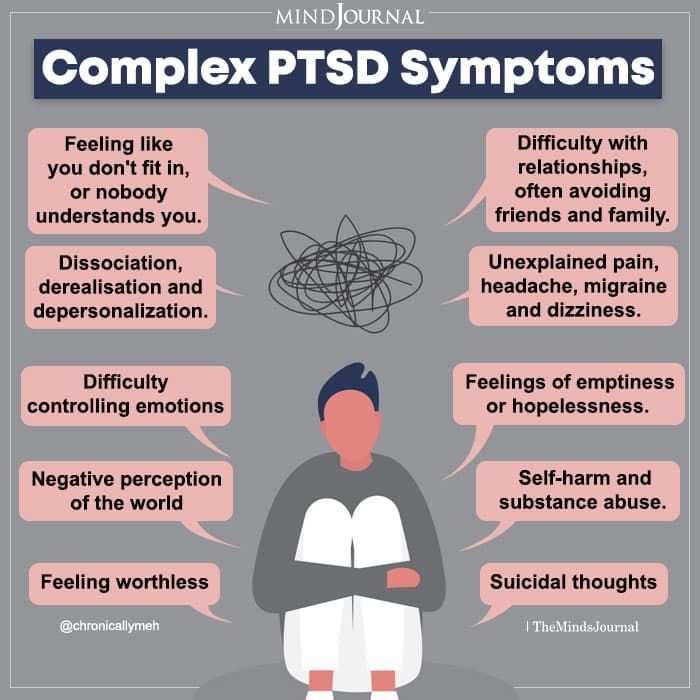
Family therapy
Family therapy is a branch of psychotherapy that focuses specifically on family relationships. It is built on the premise that the problem is within the family as a whole, and not within the individual within the family. Also, this type of therapy includes therapy for couples and systemic family therapy.
Family therapy encourages change and development, as well as the joint resolution of family conflicts and problems. The emphasis is on how families interact with each other, emphasizing the importance of a strong family for psychological health and well-being. Regardless of what is the source of the problem or who exactly it is related to, the therapist seeks to involve the whole family in the process of reaching the right decisions, looking for constructive ways in which family members can support each other through direct participation. An experienced therapist is able to influence the conduct of dialogues in such a way as to best use the strength and wisdom of the family as a whole, taking into account the wider economic, social, cultural, political and religious context in which the family lives, and taking into account the various views, beliefs, points of view and the personal stories of each individual member.
(In this case, the family refers to long-term active relationships within the family, ties within which may or may not be blood).
Gestalt Therapy
Gestalt is a German word meaning the whole and the sum of all parts, a symbolic form or combination of elements that make up a whole.
Gestalt therapy is a psychotherapeutic method that is based on the belief that people have a natural desire for health, but outdated patterns of behavior and dominant ideas can create blocks that interrupt the natural cycle of well-being, thereby leading to interaction with others.
Gestalt therapy refers to what is happening at a given moment in time, making conscious a person's idea of himself, his reactions and interactions with other people. The belief that being wholly in the here-and-now creates in the client the potential for further experiences, enthusiasm, and the courage to live life to the fullest. The therapist who works with this method monitors how clients avoid contact in the here-and-now, how they avoid changes and certain behaviors or symptoms that clients find undesirable or unsatisfactory. In the process of communication, an experienced Gestalt therapist delivers effective cues that help the client become aware not only of what is happening and being said, but also of what body language is saying and how repressed feelings are expressed. Gestalt techniques often involve acting out scenarios and debriefing dreams.
In the process of communication, an experienced Gestalt therapist delivers effective cues that help the client become aware not only of what is happening and being said, but also of what body language is saying and how repressed feelings are expressed. Gestalt techniques often involve acting out scenarios and debriefing dreams.
Group analysis
Group analysis combines the results of psychoanalytic analysis with the study of interpersonal interaction in a social context. The goal of therapy is to achieve a better integration of the client into his network of relationships, that is, in the family, team and society. The focus of group analysis is on the relationship between the individual and the rest of the group, with particular attention to the social nature of human experience through an interactive approach. Group analysis can be applied to many areas of human relations, such as teaching, learning, and organizational consulting.
The theory is based on the premise that within a carefully selected group, whose general composition reflects social norms, profound and lasting changes can occur.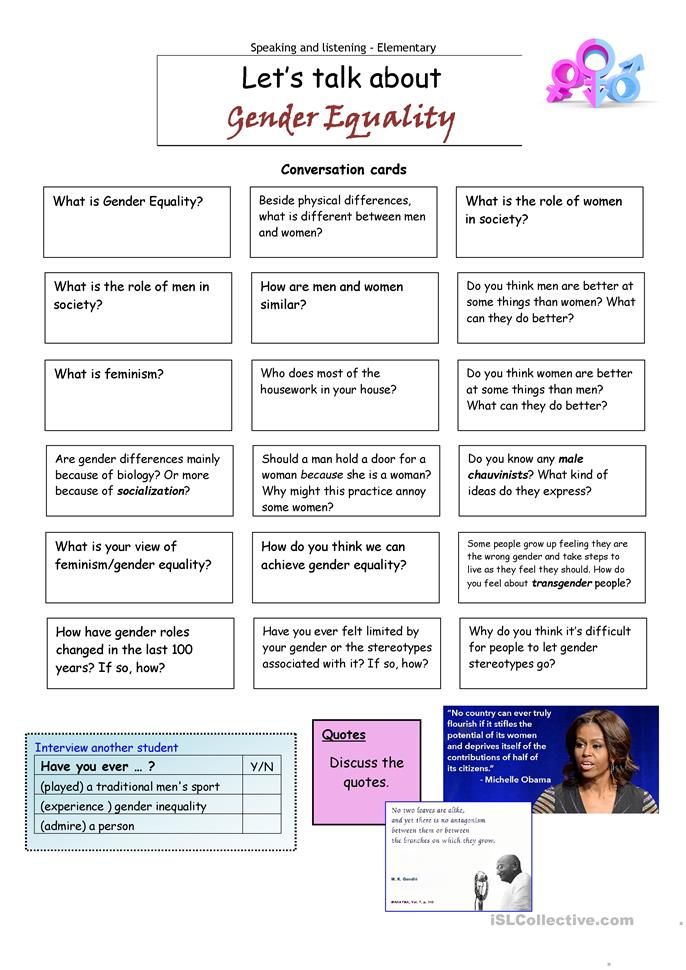 Group analysis sees the group as an organic whole, and the therapist's role is to support the group rather than take an active role. The group becomes a dynamic self-sustaining whole and functions within the framework of a socio-cultural context, which in turn affects the process.
Group analysis sees the group as an organic whole, and the therapist's role is to support the group rather than take an active role. The group becomes a dynamic self-sustaining whole and functions within the framework of a socio-cultural context, which in turn affects the process.
Group psychotherapy
Group psychotherapy is a branch of psychotherapy designed to help people who would like to improve their ability to cope with life's difficulties and problems, but in a group situation.
In the context of group therapy, one or more therapists work with a small group of clients at the same time. While this group was originally created with the goal of reducing cost and increasing productivity, participants soon realize positive therapeutic effects that could not be achieved with a one-on-one therapist. For example, interpersonal problems are well understood within the group. Group therapy is based not on one psychotherapeutic theory, but on many, and often revolves around conversations. It may also include other approaches such as psychodrama, movement work, body psychotherapy or constellations.
It may also include other approaches such as psychodrama, movement work, body psychotherapy or constellations.
The goal of group psychotherapy is to support solutions to emotional difficulties and encourage the personal development of group members. The totality of past experiences and experiences outside the therapeutic group, plus the interaction between group members and the therapist, constitutes the material upon which therapy is carried out. Such interaction may not necessarily be entirely positive, as the problems that clients have in their daily lives will inevitably be reflected within the communication within the group. However, it provides valuable opportunities to work through these issues in a therapeutic setting where experiences are summarized and can then be interpreted into real life. An experienced therapist knows how to select the right group members to support the group process.
Humanistic Integral Psychotherapy
Humanistic integral psychotherapy works with a full range of influences that contribute to the development of a person and his relationships with other people and society.
During the implementation of humanistic integral psychotherapy, both the client and the psychotherapist are actively involved in the formation of processes for evaluating, correcting and analyzing the results. This approach focuses on the importance of the client having the capacity for self-regulation, self-actualization, responsibility and choice to facilitate the process of change. The therapist helps the client realize his potentials. The therapist also considers the impact of the outside world on the client's inner world when evaluating the importance of the social, cultural, and political realms of experience.
Humanistic Integral Psychotherapy is available in various areas of the public, private and voluntary sectors and is suitable for individuals, couples, children, families, groups and organizations.
Hypnotherapy
Hypnotherapy uses hypnosis to induce a deep state of relaxation and altered consciousness, during which the unconscious mind is particularly capable of perceiving new or alternative possibilities and ideas.
In the field of hypnotherapy, the unconscious is considered a resource for well-being and creativity. When assessing this area of the mind through hypnosis, opportunities open up for building a health orientation in the body.
Hypnotherapy can be used to change the behavior, attitudes and emotions of the client, as well as to treat pain, anxiety, stress-related illnesses and addictions, which will promote personal development.
The British Council for Psychotherapy considers hypnotherapy to be a subset of hypnopsychotherapy. This means that any specialist registered with the British Council for Psychotherapy is qualified to work with problems that are within the competence of a hypnotherapist, but additional training is required to work at a deeper level with more complex emotional and psychological problems.
Jungian analysis
Jungian analysis is a specialized form of psychotherapy that works with the unconscious. The analyst working in this direction and the client work together to expand the consciousness of the client in order to move towards psychological balance, harmony and wholeness.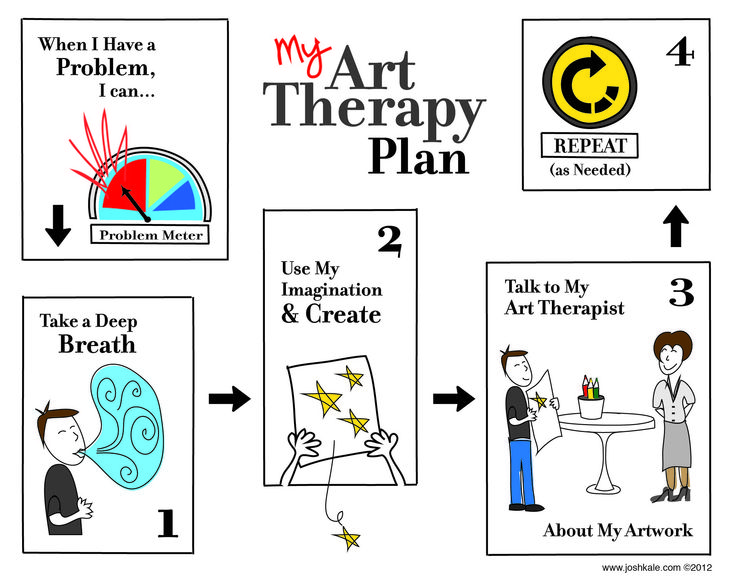 Jungian analysis assesses deep motivations in the client's psyche, thoughts and actions that are beyond conscious understanding. The analyst seeks to achieve deeper and more lasting changes in the client's personality. They do this by emphasizing what happens during the sessions and in the inner and outer experience of the client's life. Jungian analysis seeks to synchronize conscious and unconscious thoughts in order to build new values and deal with psychological pain and suffering.
Jungian analysis assesses deep motivations in the client's psyche, thoughts and actions that are beyond conscious understanding. The analyst seeks to achieve deeper and more lasting changes in the client's personality. They do this by emphasizing what happens during the sessions and in the inner and outer experience of the client's life. Jungian analysis seeks to synchronize conscious and unconscious thoughts in order to build new values and deal with psychological pain and suffering.
Neurolinguistic psychotherapy and counseling
Neuro-Linguistic Psychotherapy was developed from Neuro-Linguistic Programming. Neurolinguistic psychotherapy is universal and is based on many areas of psychology and psychiatry. This theory is based on the belief that we ourselves build a model of our reality (a personal map of the world), based on our experience and how we imagine it. Each person uses their own map to guide themselves through life. The models used can bring about change that promotes implementation and success, and at other times can be limiting and holding back.
Neuro-Linguistic Psychotherapy explores the thought patterns, beliefs, values, and experiences behind problems or goals. It helps people make appropriate adjustments to reorganize their world, which reduces limiting beliefs and decisions, helps break through emotional and behavioral loops, and generates new resources through expanding the existing skill base. This gives the person a sense of greater control and, as a result, greater ability to create the life they desire.
Neurolinguistic psychotherapists work with a wide range of psychological problems, and they determine how a unique therapeutic program will be put together, an individual therapy system that often, if necessary, combines different therapeutic approaches in order to enhance the results of therapy.
Object Relations Therapy
Object relations therapy is based on the theory that one's ego exists only in relation to other objects, internal or external. In object relations, the self is seen as self-developing and existing in the context of relationships, primarily with parents, but also in relation to home, art, politics, culture, and so on. This theory is based on the belief that man is a social being. Therefore, contact with others is a basic necessity, and our inner world is a changeable dynamic process, consisting of unchanging and moving models, conscious and unconscious. These dynamics affect how we perceive and experience reality.
This theory is based on the belief that man is a social being. Therefore, contact with others is a basic necessity, and our inner world is a changeable dynamic process, consisting of unchanging and moving models, conscious and unconscious. These dynamics affect how we perceive and experience reality.
The therapist working in this field actively interacts with the client, supporting him in the analysis of irrational ideas by actively experiencing the real relationship between the therapist and the client. This provides an opportunity to revisit essential relationship issues such as loss, intimacy, control, dependency, independence, and trust. Although there may be various interpretations and confrontations, the main goal is to work through the initial irrational components of the client's emotional world.
Personal counseling
Personal counseling is based on the assumption that the person who seeks support in solving a problem enters into an open relationship with a therapist who allows the client to freely express their emotions and feelings. This type of therapy is also called client-centered psychotherapy or Rogers therapy.
This type of therapy is also called client-centered psychotherapy or Rogers therapy.
Who is suitable for this type of therapy?
Personal counseling is suitable for clients who would like to work on specific psychological habits or patterns of thought. The therapist assumes that the client is the best judge of their own experience and is therefore able to achieve their potential for growth and problem solving. The therapist working in the context of personal counseling provides an enabling environment to ensure that this potential is manifested through unconditional positive attitude and empathic understanding, which enables the client to come to terms with negative feelings and open up inner resources of strength and freedom to make the necessary changes.
Psychoanalysis
Psychoanalysis deals with the study of the mind, being a systematic body of knowledge about human behavior and a method of treating psychological and emotional illnesses.
Regular psychoanalysis sessions create an environment in which unconscious patterns can be brought to the conscious level in order to be modified.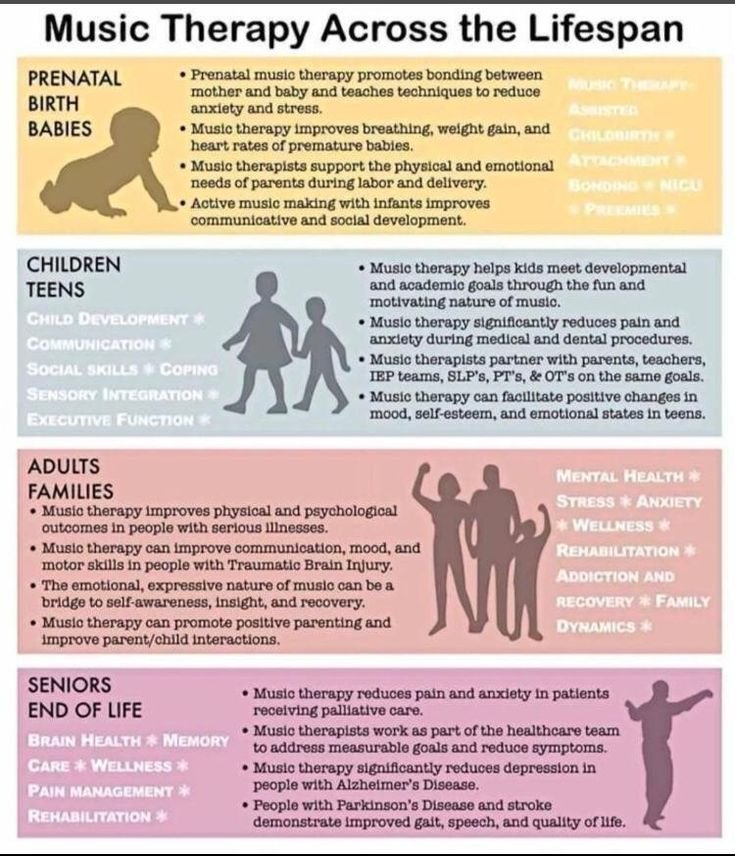 The client-analyst relationship has an important influence on the client's unconscious behavior patterns and in itself becomes a central focus in which the client's behavioral patterns are highlighted in the context of the real-time relationship of the sessions.
The client-analyst relationship has an important influence on the client's unconscious behavior patterns and in itself becomes a central focus in which the client's behavioral patterns are highlighted in the context of the real-time relationship of the sessions.
Freudian psychoanalysis is a special type of psychoanalysis in which the person undergoing psychoanalysis expresses thoughts in words using methods such as free association, fantasies and dreams. The analyst interprets them to give the client the right idea of solving important issues and problems in the client's life.
Who is suitable for this type of therapy?
Freud believed that unwanted thoughts from early childhood are suppressed by the unconscious mind, but continue to influence our feelings, thoughts, emotions, and behavior. These repressed feelings often surface in adulthood in the form of conflicts, depressions, and the like, as well as in dreams and creative activities. These unconscious aspects are explored in the sessions through the intervention of the analyst, who speaks openly about the client's painful defenses, desires, and guilt.
Psychodynamic psychotherapy
Psychodynamic psychotherapy is a term that includes therapies of an analytical nature. In essence, it is a form of depth psychology that focuses on unconscious and past experiences to determine current behavior.
The client is asked to talk about his childhood relationships with parents and other significant people. The main emphasis is placed on the disclosure of the unconscious content of the client's psyche in an attempt to reduce mental stress. The therapist tries to exclude his personality from the picture, in fact, becoming a blank canvas onto which the client transfers and projects deep feelings about himself, parents and other significant characters in his life. The therapist continues to focus on the dynamics between client and therapist.
Psychodynamic psychotherapy is generally less intense and shorter than psychoanalysis, and relies more on the interpersonal relationship between client and therapist than other forms of depth psychology.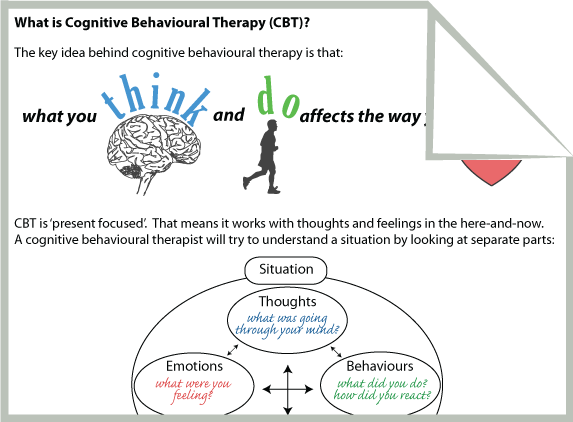 This direction is used in individual psychotherapy, group psychotherapy, family psychotherapy, as well as for understanding and working with organizational and corporate environments.
This direction is used in individual psychotherapy, group psychotherapy, family psychotherapy, as well as for understanding and working with organizational and corporate environments.
Psychosynthesis
Psychosynthesis is based on the involvement of the past in the context of the awakening of one's own "I". Psychosynthesis is considered a form of existential psychology with spiritual goals and concepts, and is sometimes described as a "psychology of the soul".
Psychosynthesis seeks to integrate or synthesize a higher, spiritual level of consciousness with the level at which thoughts and emotions are experienced. Through drawing, movement and other techniques, other aspects of the personality are manifested and expressed. Assagioli used the term "superconscious" to describe the realm of the psyche that contains our greatest potentials, the source of our individual development path. He believed that the suppression of this potential can lead to psychological disorders, as painful as the suppression of childhood trauma.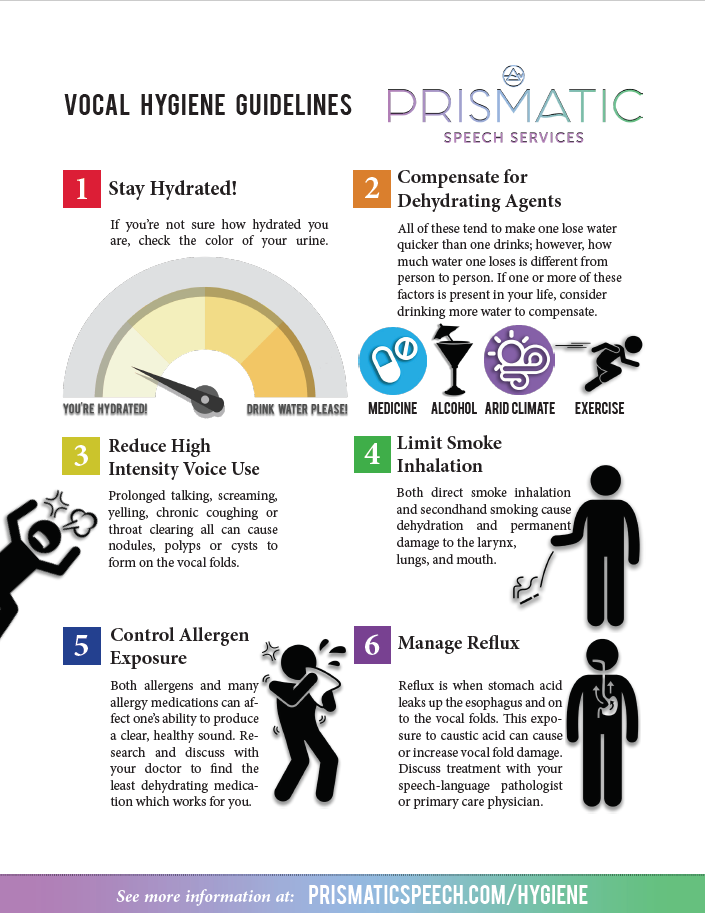 Assagioli insisted that psychosynthesis should be included in the experiential understanding of psychology and sought to maintain a balance between rational and conscious therapeutic work along with the integration of spiritual experience.
Assagioli insisted that psychosynthesis should be included in the experiential understanding of psychology and sought to maintain a balance between rational and conscious therapeutic work along with the integration of spiritual experience.
Psychotherapy and psychoanalysis of relationships
Relationship therapy is a broad way of understanding a person's motivation and the therapy process. Therapists using this approach understand that interpersonal relationships are one of the main motivations for people, but as a result, they also bring many people to therapy.
It can be said that therapists, using a variety of techniques, are treating within a relational approach if they prioritize how their clients are related to others when working to understand their own personalities. In addition to the importance of understanding how previous relationships have influenced the current ones, the therapist advocates such a line of communication when, as a result of the relationship between the therapist and the client, a space is created where the dynamic of the relationship arises, which is further discussed, comprehended and corrected.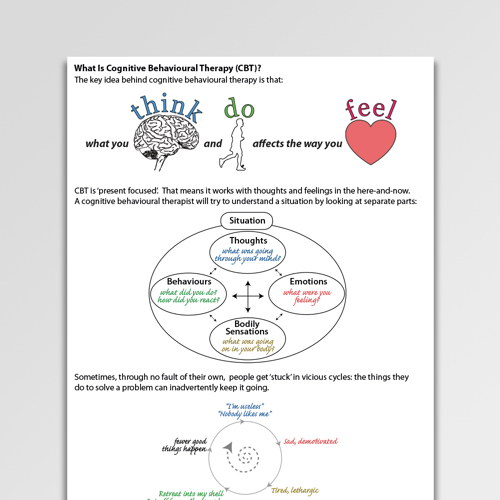 The therapist can use the dynamics that arise spontaneously within the therapeutic relationship in order to shed more light on the dynamics in the client's relationship and therefore help him understand himself better. The extent to which the therapist confides in therapy regarding his position in the relationship depends greatly on his own personality and qualifications. The privilege in the relationship, however, is usually given to the client.
The therapist can use the dynamics that arise spontaneously within the therapeutic relationship in order to shed more light on the dynamics in the client's relationship and therefore help him understand himself better. The extent to which the therapist confides in therapy regarding his position in the relationship depends greatly on his own personality and qualifications. The privilege in the relationship, however, is usually given to the client.
Relationship counseling
Relationship counseling helps people recognize and work through or resolve troubling differences and recurring patterns of suffering in the context of existing relationships. The therapist explores the client's feelings, values, and expectations by engaging them in conversations, discussions of solutions to problems, and consideration of alternative and new possibilities.
Who is suitable for this type of therapy?
Relationship counseling is suitable for family members, couples, employees or employers in a work setting, professionals and their clients.
Solution focused brief therapy
Solution-focused brief therapy deals with a specific problem and promotes positive change rather than dwelling on the problem itself or past problems. Clients are encouraged to pay positive attention to what they do well, their strengths and resources, and to set and achieve goals. This method is focused more on finding solutions rather than solving problems. This type of therapy is short-term, only three or four sessions are enough.
Systemic therapy
Systemic therapy is a general term for branches of therapy dealing with people in relation to each other, group interactions, patterns and dynamics.
Systemic therapy has its roots in family therapy and systemic family therapy, but deals with problems practically, not analytically. It does not seek to determine the cause or provide a diagnosis, but rather seeks to identify and deal with ossified patterns of behavior in the group or family. The role of the therapist in systemic therapy is to offer constructive clues to promote change in the relationship system, to pay attention to existing relationship patterns, rather than to analyze causes such as subconscious impulses or childhood trauma.
Who is suitable for this type of therapy?
Systemic therapy can also be used in corporate settings and is currently being widely adopted in the fields of education, politics, psychiatry, social work and family medicine.
Transactional analysis
Transactional analysis is an integral approach in psychology and psychotherapy based on two concepts. Eric Berne believed that, firstly, our personality is divided into three parts or three ego states: child, adult and parent. Secondly, these parts communicate with each other in transactions (units of communication), and within each social transaction one of the parts dominates. Therefore, by recognizing these roles, the client can choose which part to use and thus adjust his behavior. Berne's transactional analysis as a form of therapy works with the term "inner child" to describe unmet needs from childhood.
Transpersonal psychotherapy
Transpersonal psychotherapy refers to any form of counseling or psychotherapy where the emphasis is on the transpersonal, transcendent, or spiritual aspects of the human experience. Transpersonal psychotherapy is often seen as an accompanying technique in other schools of psychology such as psychoanalysis, behaviorism, and humanistic psychology.
Transpersonal psychotherapy is often seen as an accompanying technique in other schools of psychology such as psychoanalysis, behaviorism, and humanistic psychology.
Transpersonal psychotherapy focuses on aspects such as spiritual self-development, mystical experiences, trance experiences and other metaphysical experiences in life. Just as in psychosynthesis, the main goal of transpersonal psychotherapy is not only to alleviate suffering, but also to integrate the physical, mental and spiritual aspects of the client's well-being. Therapy includes exploring and emphasizing the potential of the client, developing internal resources and creative abilities.
Put the brains back. How to choose the right psychotherapist - Daria Varlamova - Psychology - Site materials - Snob
How to understand that you need a psychotherapist
Many people do not understand the difference between a psychologist, psychiatrist and psychotherapist. A psychologist is a specialist who graduated from a university with a degree in psychology.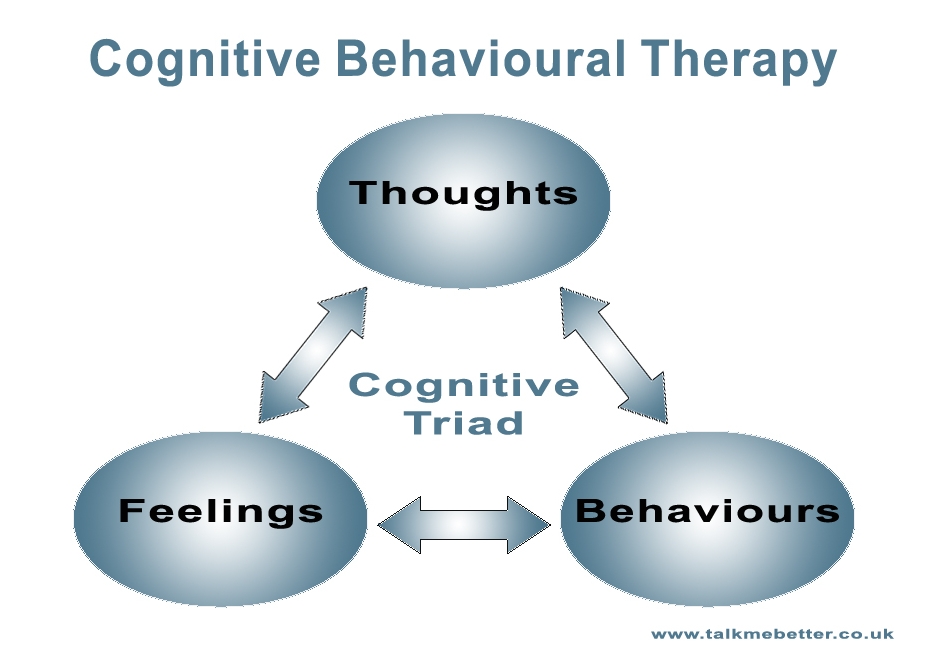 He understands the "arrangement" of a healthy personality and can help in solving specific problems (for example, a midlife crisis or intra-family conflict). But the psychologist does not have a medical education, he cannot prescribe medications and does not have the skills of psychotherapy, therefore, in case of a mental disorder, he will not be able to provide qualified assistance. Within the profession, there is a specialization “clinical psychologist” - he understands the symptoms of mental disorders and can tell when it is time to seek psychiatric help. But he can neither diagnose nor prescribe pills.
He understands the "arrangement" of a healthy personality and can help in solving specific problems (for example, a midlife crisis or intra-family conflict). But the psychologist does not have a medical education, he cannot prescribe medications and does not have the skills of psychotherapy, therefore, in case of a mental disorder, he will not be able to provide qualified assistance. Within the profession, there is a specialization “clinical psychologist” - he understands the symptoms of mental disorders and can tell when it is time to seek psychiatric help. But he can neither diagnose nor prescribe pills.
According to official Russian standards, a psychotherapist must have a medical education. Usually these are doctors who have been working as psychiatrists for at least three years, and then undergo retraining in the specialty "psychotherapy". Psychotherapeutic techniques are designed to work with deeper personal problems and involve a course of treatment ranging from several months to several years. Psychotherapy can help both cope with low self-esteem and perfectionism, as well as cure depression, anxiety and other disorders. In addition, the psychiatric education of the therapist allows him to prescribe medications. It often makes sense to combine "talk therapy" with pills. But there is a caveat: certified psychologists also often complete retraining courses in psychotherapy. Such specialists can successfully treat mental health problems, but if you suspect that you have any disorder, it is better to consult a psychotherapist with a medical background.
Psychotherapy can help both cope with low self-esteem and perfectionism, as well as cure depression, anxiety and other disorders. In addition, the psychiatric education of the therapist allows him to prescribe medications. It often makes sense to combine "talk therapy" with pills. But there is a caveat: certified psychologists also often complete retraining courses in psychotherapy. Such specialists can successfully treat mental health problems, but if you suspect that you have any disorder, it is better to consult a psychotherapist with a medical background.
Finally, there are psychiatrists who work both in public institutions and privately. They can advise, and diagnose, and treat - with pills, without psychotherapy. Psychiatrists are less versed in the nuances of someone else's rich inner world, but more effective in treating serious problems. So it is better to use their services as "heavy artillery" - if you notice very sharp jumps in mood and thinking, suicidal intentions and a tendency to self-harm, delusional ideas and hallucinations.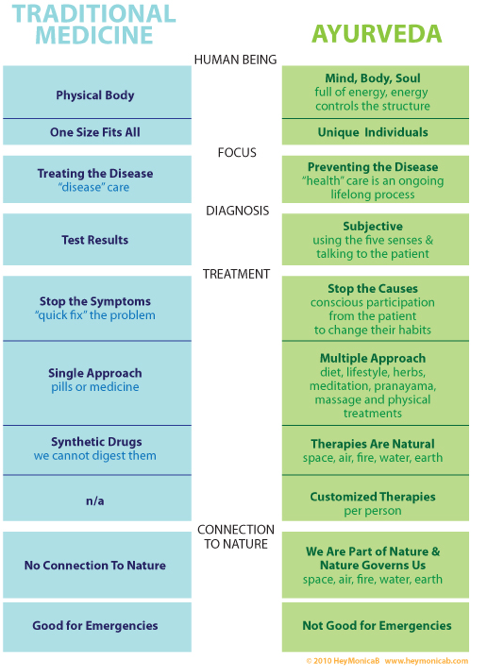 With the so-called "minor psychiatry" - diseases in which a person does not look strange and maintains a fairly adequate attitude to reality (for example, depression, anxiety disorders, personality disorders), it is better to go to a psychotherapist with a medical education: during treatment, he will be more sensitive to the individual characteristics of the patient.
With the so-called "minor psychiatry" - diseases in which a person does not look strange and maintains a fairly adequate attitude to reality (for example, depression, anxiety disorders, personality disorders), it is better to go to a psychotherapist with a medical education: during treatment, he will be more sensitive to the individual characteristics of the patient.
How psychotherapy works in general
The main question that worries any person who thinks about psychotherapy is: "How do I know that I'm not wasting my money?" Unlike pills, the effectiveness of which can be tested by blind, randomized, placebo-controlled trials (this is when neither the subject, nor the one who gives the medicine, nor the one who follows the experiment knows whether it is a dummy or not), with psychotherapy this trick is not will pass. But the psychotherapist cannot but know what he is doing with the patient - in this case, it is impossible to come up with a “dummy”. In addition, it is not very clear by what indicators to track the effectiveness - you cannot measure the mental state with a thermometer.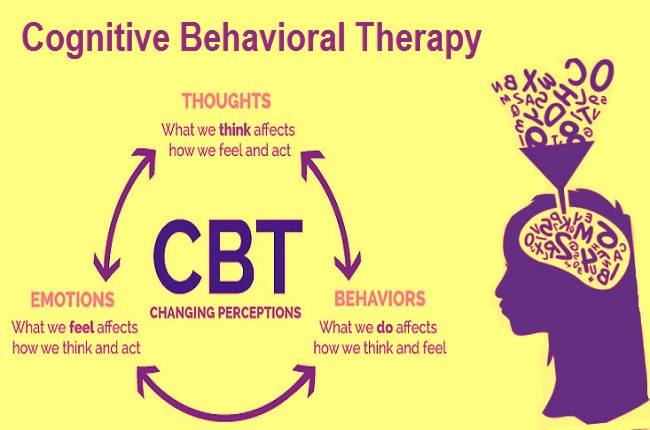 Even if not only the patient himself subjectively notes the difference, but also all the acquaintances see improvements, it is difficult to say what exactly has changed and by how much. Therefore, from the point of view of evidence-based medicine, the position of psychotherapy is rather shaky, except for one school - cognitive behavioral therapy (CBT) and methods derived from it. CBT, which we will discuss in more detail later, is designed for specific "targets" (a skill or condition - for example, dealing with groundless anxiety) and a limited duration of treatment.
Even if not only the patient himself subjectively notes the difference, but also all the acquaintances see improvements, it is difficult to say what exactly has changed and by how much. Therefore, from the point of view of evidence-based medicine, the position of psychotherapy is rather shaky, except for one school - cognitive behavioral therapy (CBT) and methods derived from it. CBT, which we will discuss in more detail later, is designed for specific "targets" (a skill or condition - for example, dealing with groundless anxiety) and a limited duration of treatment.
But other types of psychotherapy, according to patients, can bring great relief. Of course, to some extent this is a lottery - a lot depends on the so-called "psychotherapeutic alliance", that is, on how much you and the doctor are on the same wavelength and can effectively cooperate. In addition to the qualifications of the therapist, both individual characteristics and the patient's request (which, by the way, it is better to try to formulate as clearly as possible in advance) play a role here. If you, relatively speaking, "want to handle", that is, you first of all need empathy and acceptance, you may not like a session with a logical warehouse therapist, if, on the contrary, you are very rational, you may be somewhat skeptical about the analysis of dreams, dialogues with absent relatives and other creative approaches (however, this does not mean that you should not try something atypical, but it is important that it is comfortable enough for you). Purely human sympathy is also important: to feel comfortable and safe with the doctor, so that you enjoy his manners, voice and sense of humor. Although it is worth remembering that you are connected with a therapist by a business relationship (for your own good) and anything that goes beyond it violates professional ethics.
If you, relatively speaking, "want to handle", that is, you first of all need empathy and acceptance, you may not like a session with a logical warehouse therapist, if, on the contrary, you are very rational, you may be somewhat skeptical about the analysis of dreams, dialogues with absent relatives and other creative approaches (however, this does not mean that you should not try something atypical, but it is important that it is comfortable enough for you). Purely human sympathy is also important: to feel comfortable and safe with the doctor, so that you enjoy his manners, voice and sense of humor. Although it is worth remembering that you are connected with a therapist by a business relationship (for your own good) and anything that goes beyond it violates professional ethics.
In general, psychotherapy does not give a guaranteed effect, but there are good chances to improve your condition if you take a proactive position from the very beginning - decide what exactly you want, how you personally evaluate progress, which school of psychotherapy is closer to you, do you want you combine talking with pills or not.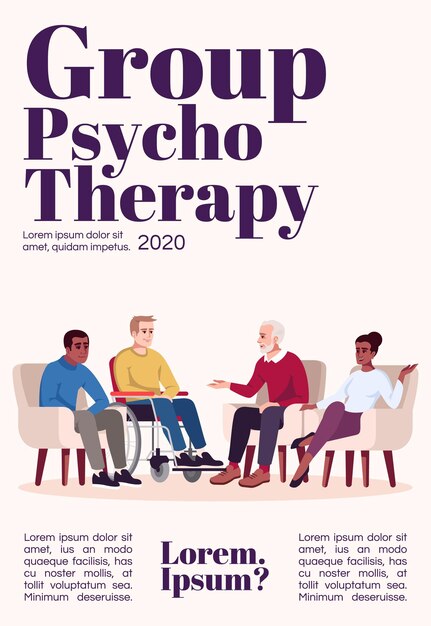 If after a couple of sessions you feel that the therapist is not right for you, look for another.
If after a couple of sessions you feel that the therapist is not right for you, look for another.
Primary Schools
Cognitive Behavioral is the shortest type of therapy, usually the course lasts 4-6 months. And so far the most effective in terms of evidence-based medicine - due to the fact that CBT has the clearest criteria for success. And all because the psychotherapist here is not focused on a detailed analysis of the patient’s feelings, traumas and experiences (the depth of insight cannot be measured), but on teaching him awareness and making his current behavior more effective. The work with negative automatic thoughts that interfere with an objective assessment of reality comes to the fore: fears, self-criticism, perfectionism, etc. One of the pioneers of cognitive psychotherapy, the American psychiatrist Aaron Beck stated: “Human thoughts determine his emotions, emotions determine the corresponding behavior, and behavior, in turn, shapes our place in the world around us.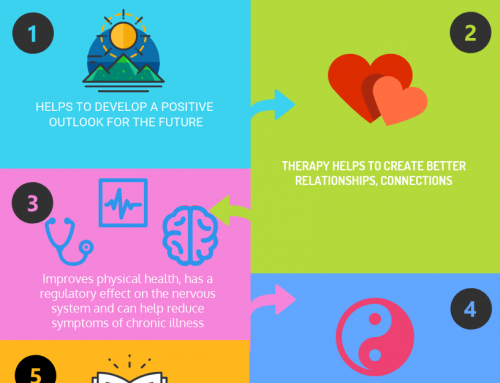 It's not that the world is bad, but how often we see it that way." Various tools are used to overcome such thoughts: reappraisal (search for alternative causes of the problem), decentration of thinking (fighting the feeling that you are in the center of everyone's attention, good for social anxiety), conscious self-observation, practical training in new, more useful ways of behavior, positive imagination (replace disturbing scenarios with more pleasant ones).
It's not that the world is bad, but how often we see it that way." Various tools are used to overcome such thoughts: reappraisal (search for alternative causes of the problem), decentration of thinking (fighting the feeling that you are in the center of everyone's attention, good for social anxiety), conscious self-observation, practical training in new, more useful ways of behavior, positive imagination (replace disturbing scenarios with more pleasant ones).
Dialectical Behavioral Therapy was created around 1987 by American psychologist Marsha Linehan and is recommended primarily for people with mood and behavioral problems (self-harm, suicidal tendencies, alcohol and drug addiction, eating disorders). It is a type of cognitive behavioral therapy that combines the classical methods of the school with the concepts of resilience, acceptance, and mindfulness borrowed from Buddhist meditation practices. The therapist acts as an ally rather than an adviser, both demonstrating acceptance of the patient's emotions and showing better behavioral alternatives.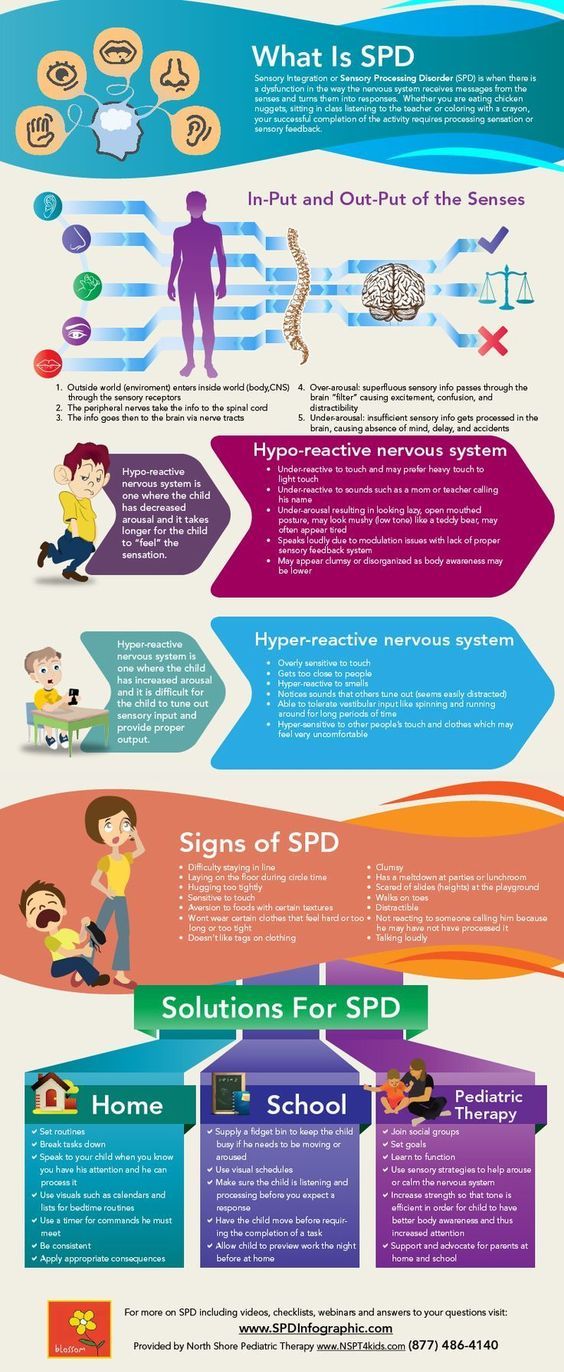 Individual therapy is usually combined with group sessions.
Individual therapy is usually combined with group sessions.
Psychoanalysis - This school is based on the theories of Freud. Here the main goal is to help a person explore his unconscious and achieve wholeness by resolving internal conflicts. With the help of the technique of free association (the patient speaks out all the thoughts that come to mind, without thinking about their logic, value and relevance), psychoanalysts try to bypass the psychic defenses that suppress thoughts and feelings that a person considers reprehensible. The therapist looks for associations and lines of thought that cause a lot of internal resistance in the patient, and helps to interpret them. Like any deep study, psychoanalysis takes time - therapy can take many years, and the emphasis is on the process, not the result. This is the main claim of supporters of the cognitive-behaviorist direction to psychoanalysis.
Gestalt therapy focuses on the question: “What is happening to a person right now and how to change it?” The very word "gestalt" in German means "structure", "image", "form", and from the point of view of psychotherapy, it is a kind of holistic image of reality, including both the patient's personality and the environment (at the same time, they mutually influence each other).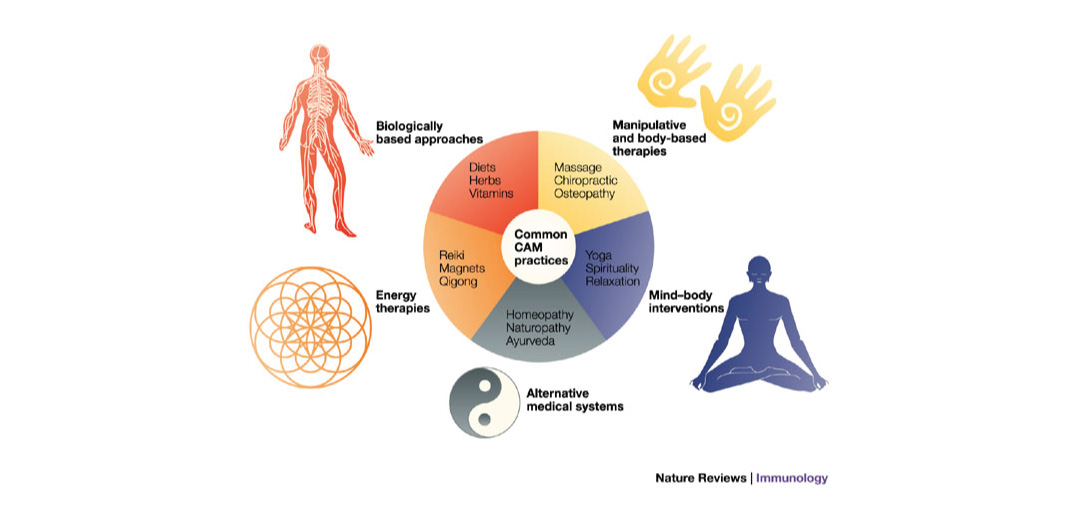 on a friend). Contacting with the environment, a person satisfies his needs, those objects that are associated with these needs come to the fore, turning into a "figure" that stands out from the background. When the need is satisfied, these objects again turn into the "background" and attention switches to something else. Incomplete processes associated with unsatisfied needs create distortions in the psyche. The Gestalt therapist helps the client to find a balance between impulses, emotions and rationality, being aware of their feelings "here and now". The average duration of this type of therapy is up to two years.
on a friend). Contacting with the environment, a person satisfies his needs, those objects that are associated with these needs come to the fore, turning into a "figure" that stands out from the background. When the need is satisfied, these objects again turn into the "background" and attention switches to something else. Incomplete processes associated with unsatisfied needs create distortions in the psyche. The Gestalt therapist helps the client to find a balance between impulses, emotions and rationality, being aware of their feelings "here and now". The average duration of this type of therapy is up to two years.
Existential Therapy , as the name suggests, focuses on the meaning of the patient's existence. Its goal is to develop in the patient the ability to be honest with himself and to take a responsible approach to any choice in his life. This is a good option for those who, even in adulthood, cannot come to terms with the fact that life is harsh and unfair, or is very afraid to leave their comfort zone - in such situations, existential therapy can give a powerful impetus to development.


